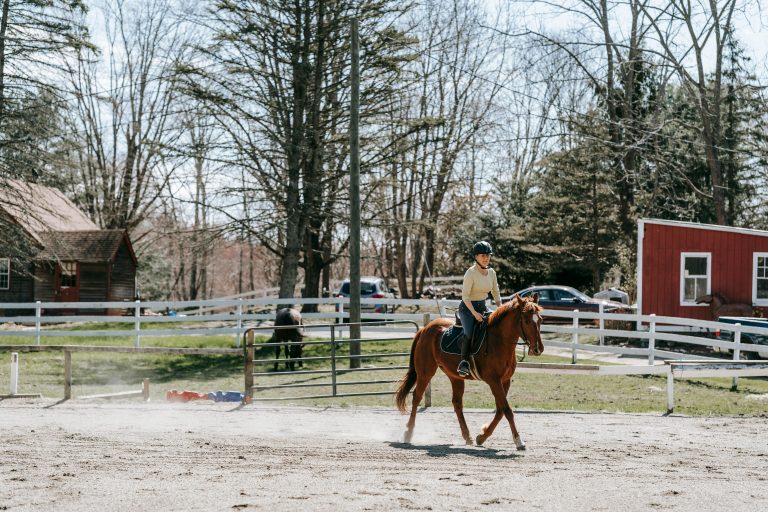What is Australia’s First Language? Unraveling the Tapestry of Linguistic Diversity
Australia, known for its unique wildlife, stunning landscapes, and vibrant culture, is also a melting pot of languages that weave a rich tapestry of linguistic diversity. In this article, we embark on a journey to explore Australia’s first language and understand the intricate layers that make up its linguistic landscape.

I. Introduction: What is Australia’s First Language?
Australia’s linguistic landscape is a mosaic of languages, reflecting the nation’s historical and cultural evolution. While English is widely spoken and holds a significant place, it is crucial to delve deeper into the roots of Australia’s linguistic heritage.
II. Indigenous Languages of Australia
A. Overview of Aboriginal Languages
Long before the arrival of European settlers, Australia was home to a myriad of indigenous languages spoken by Aboriginal communities. These languages, each with its unique structure and vocabulary, played a pivotal role in shaping the cultural identity of different Aboriginal groups.
B. Role of Indigenous Languages in Australia’s History
The significance of indigenous languages extends beyond communication. They are repositories of cultural knowledge, connecting generations and preserving traditions. Understanding and acknowledging the role of these languages is essential for grasping Australia’s history.
III. English in Australia
A. Arrival and Dominance of English
With the arrival of British settlers in the late 18th century, English became the dominant language in Australia. Its influence permeated various aspects of life, including governance, education, and culture, leaving an indelible mark on the nation.
B. Influence of English on Australian Culture
The Australian version of English has evolved uniquely, giving rise to colloquialisms and expressions that define the local culture. The intersection of British English and Australian colloquialisms creates a linguistic fusion that is distinctly Australian.
IV. Multilingualism in Contemporary Australia
A. Immigration’s Impact on Linguistic Diversity
In the modern era, Australia’s linguistic landscape has been further enriched by waves of immigration. Communities from diverse linguistic backgrounds bring their languages, creating pockets of multilingualism across the nation.
B. Common Non-English Languages Spoken
Beyond English, languages such as Mandarin, Italian, Arabic, and Greek thrive in various communities. This linguistic diversity is a testament to Australia’s status as a multicultural society.
V. Preservation Efforts
A. Initiatives to Revive and Protect Indigenous Languages
Recognizing the importance of preserving indigenous languages, various initiatives and programs have been implemented to revive and protect them. Language revitalization efforts aim to ensure the survival of these languages for future generations.
B. Importance of Preserving Linguistic Heritage
Preserving linguistic heritage goes beyond nostalgia; it is a commitment to maintaining the cultural fabric of Australia. Indigenous languages are integral to understanding the depth of Australia’s heritage and fostering inclusivity.

VI. Educational Landscape
A. Language Education Policies in Schools
Australia has implemented language education policies that emphasize the importance of learning languages, including indigenous languages. Schools play a crucial role in promoting linguistic diversity through language programs.
B. Bilingual Programs and Their Significance
Bilingual education programs not only contribute to preserving indigenous languages but also foster a sense of cultural pride among students. These programs create a more inclusive educational environment.
VII. Challenges and Opportunities
A. Threats to Indigenous Languages
Despite efforts to preserve indigenous languages, they face challenges such as diminishing fluency and the risk of extinction. Addressing these threats requires a concerted effort from communities and policymakers.
B. Opportunities for Language Revitalization
Opportunities for language revitalization lie in community engagement, technology, and collaboration. Harnessing these opportunities can pave the way for a more linguistically diverse and inclusive Australia.
VIII. Future Outlook
A. The Evolving Linguistic Landscape of Australia
As Australia continues to evolve, so does its linguistic landscape. The future promises a dynamic interplay of languages, with indigenous languages reclaiming their space and non-English languages contributing to the nation’s cultural vibrancy.
B. Steps Towards Fostering Linguistic Inclusivity
Fostering linguistic inclusivity requires a collective effort. From policy interventions to community-led initiatives, Australia can create an environment where all languages, old and new, are celebrated and preserved.
IX. Conclusion
In conclusion, Australia’s first language is not a singular entity but a collective of diverse languages that reflect the nation’s history and multicultural identity. Embracing this linguistic diversity is essential for a more inclusive and culturally rich Australia.




Leave a comment